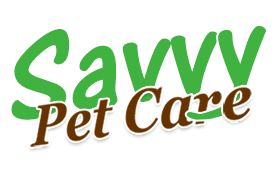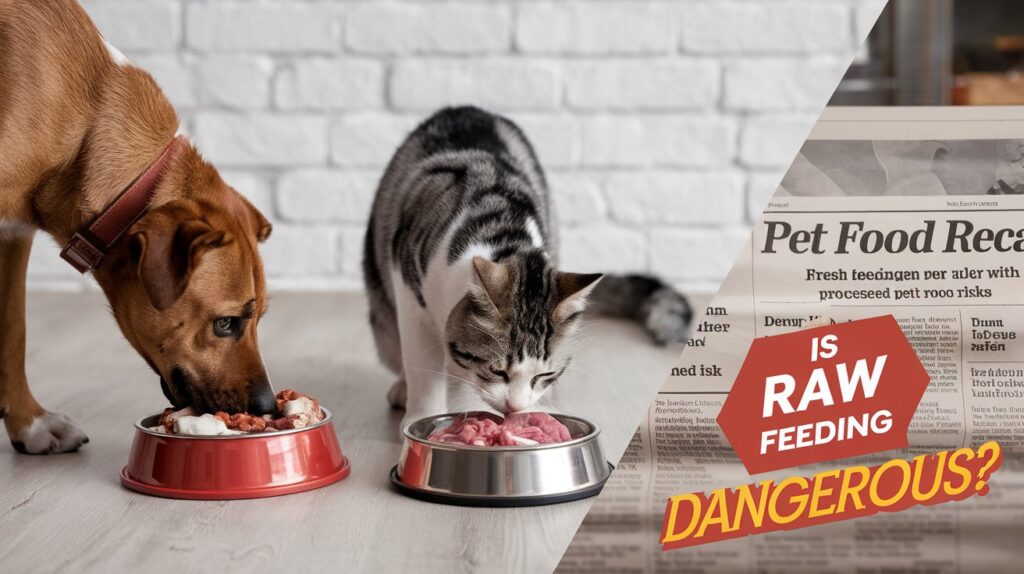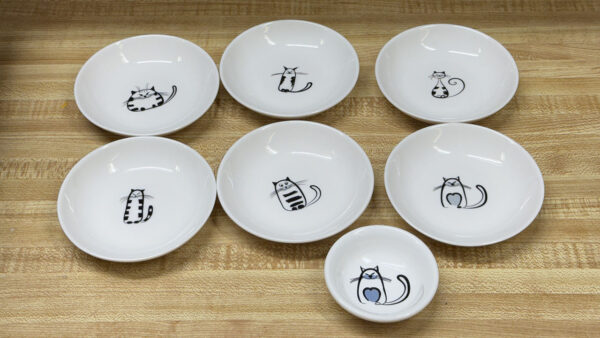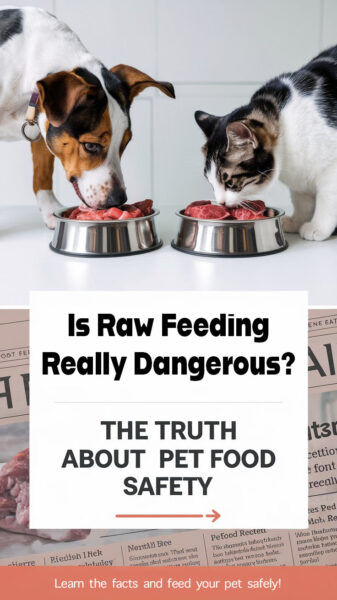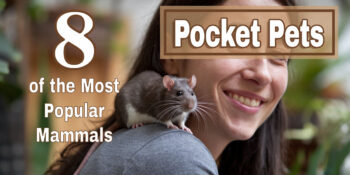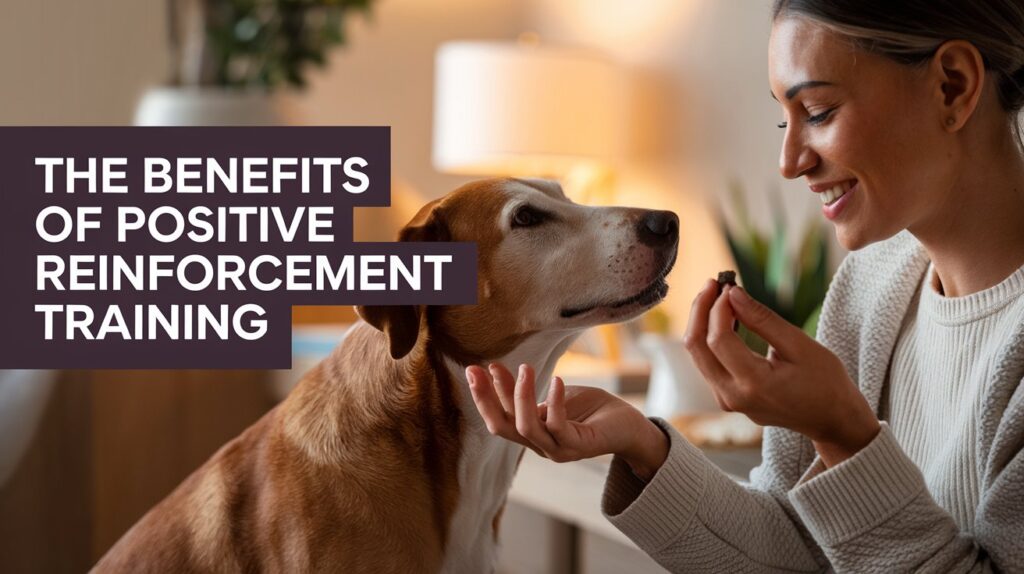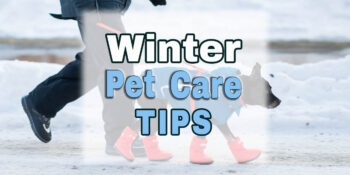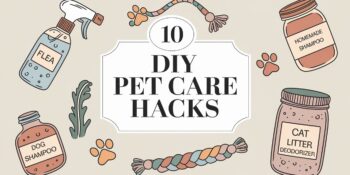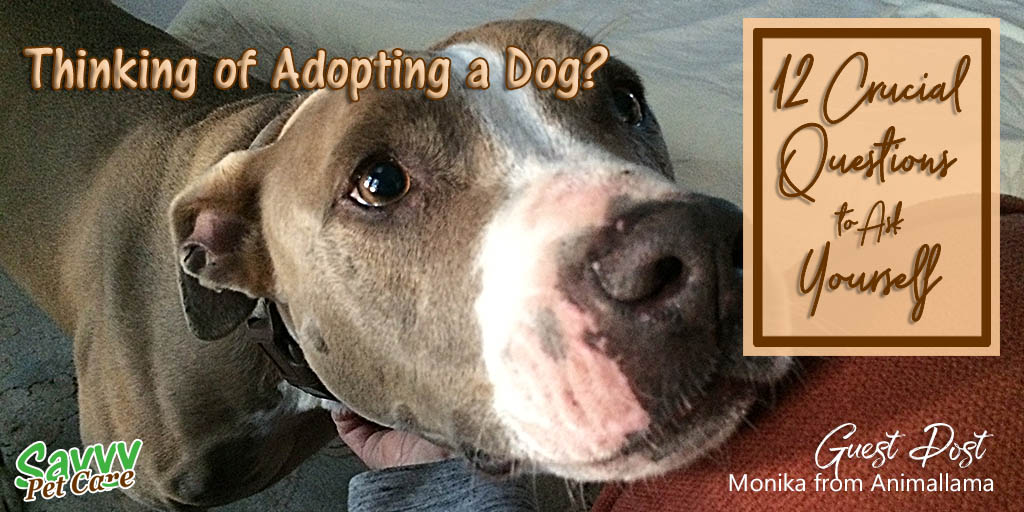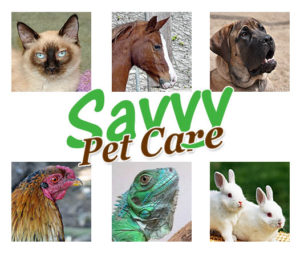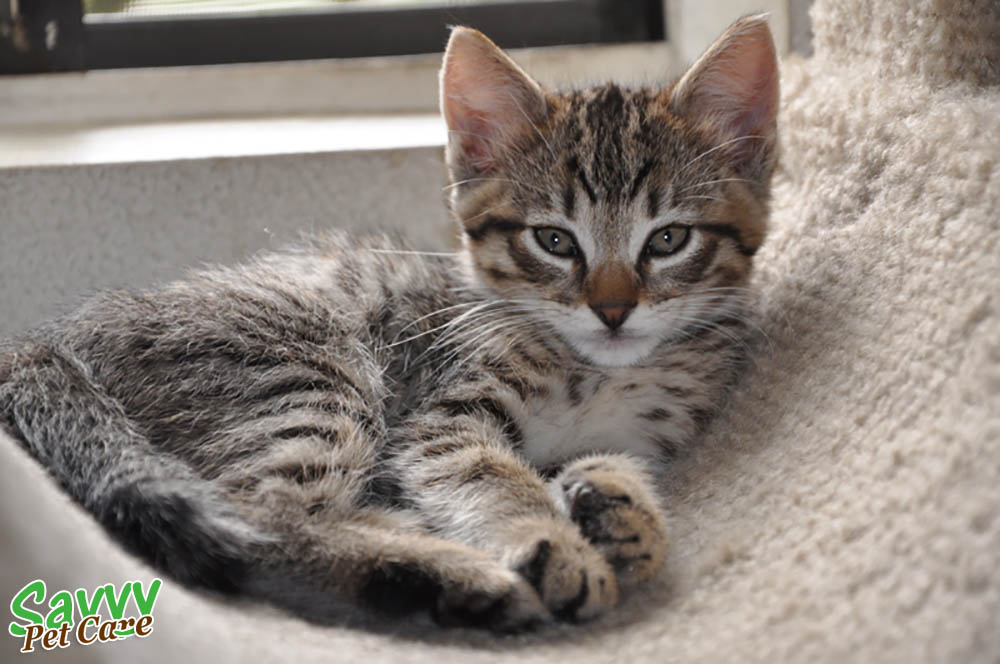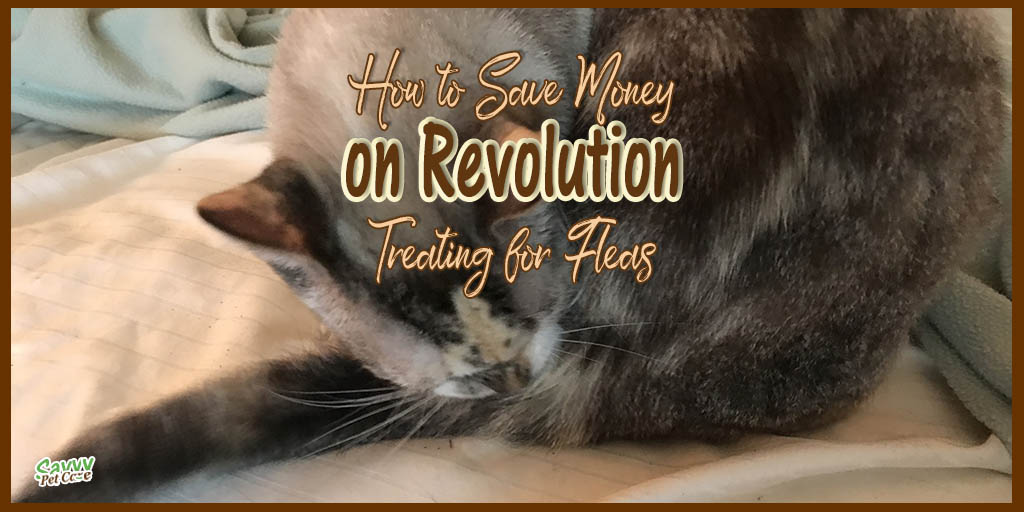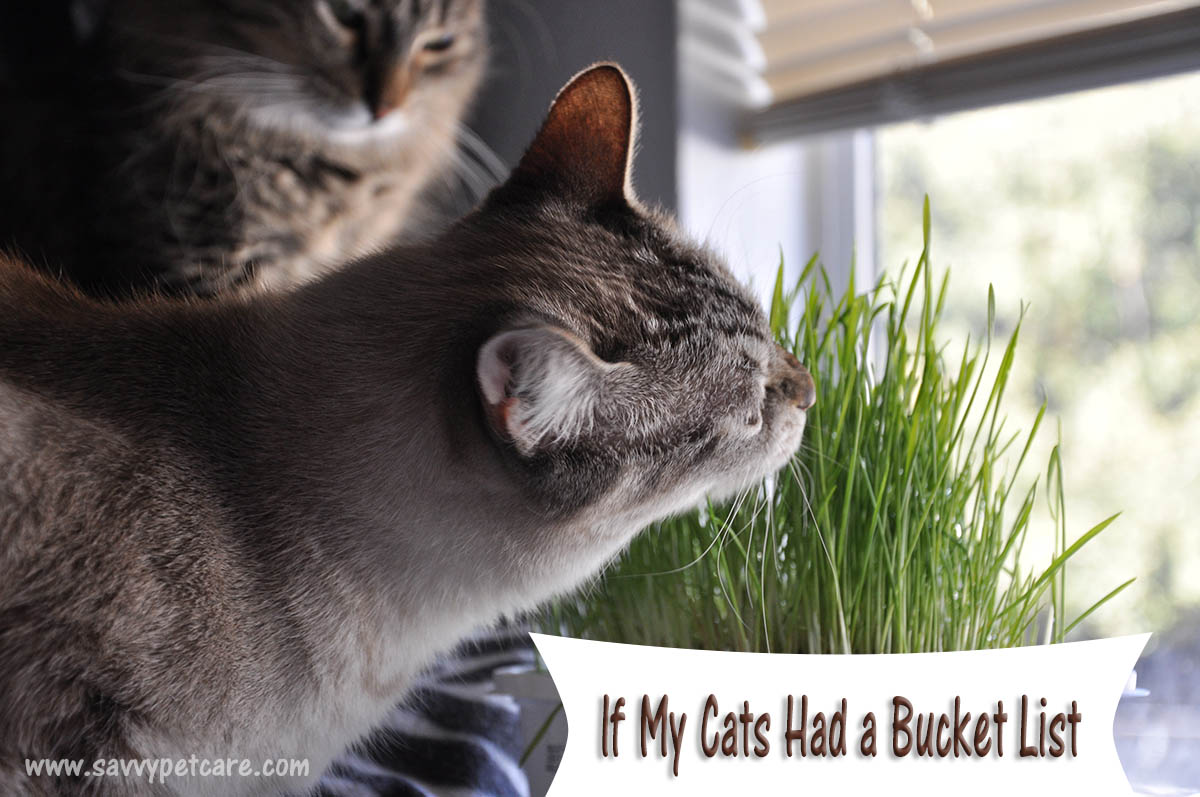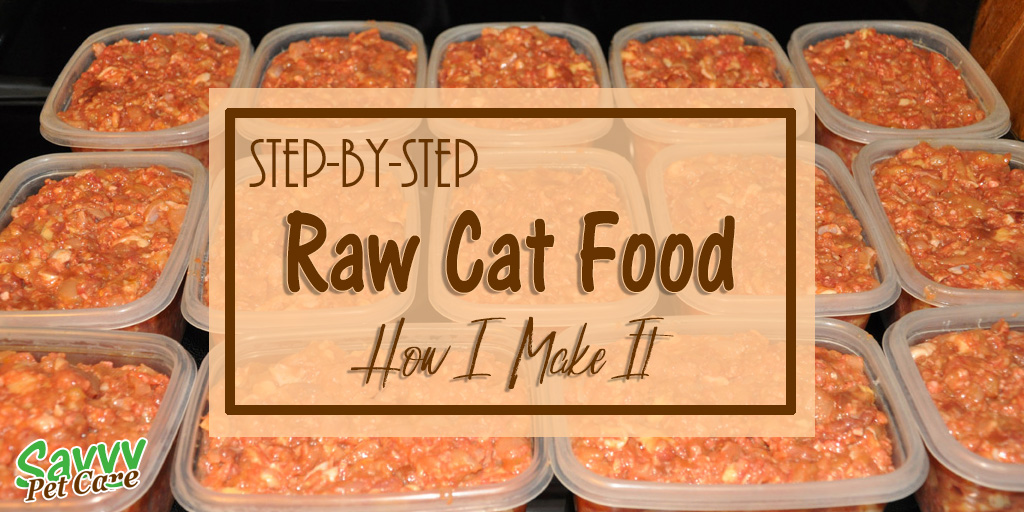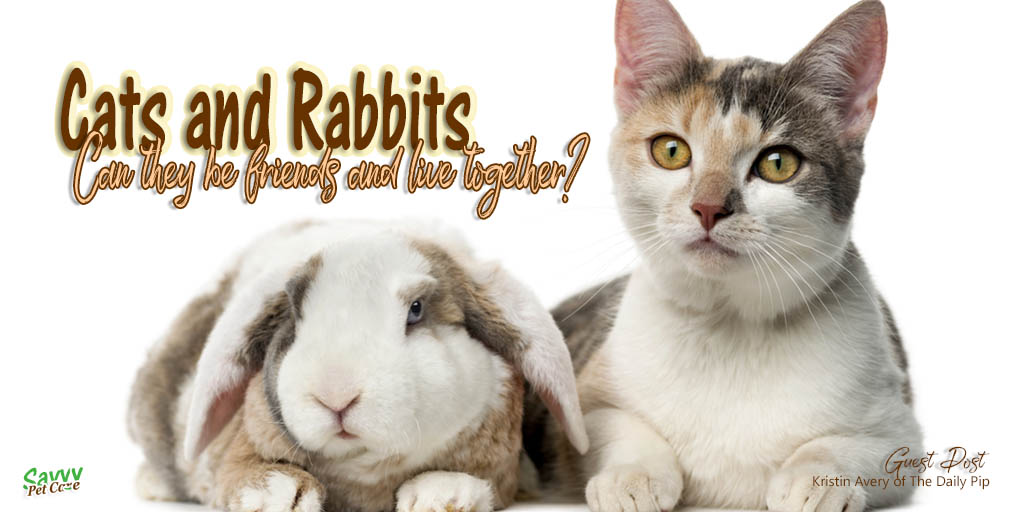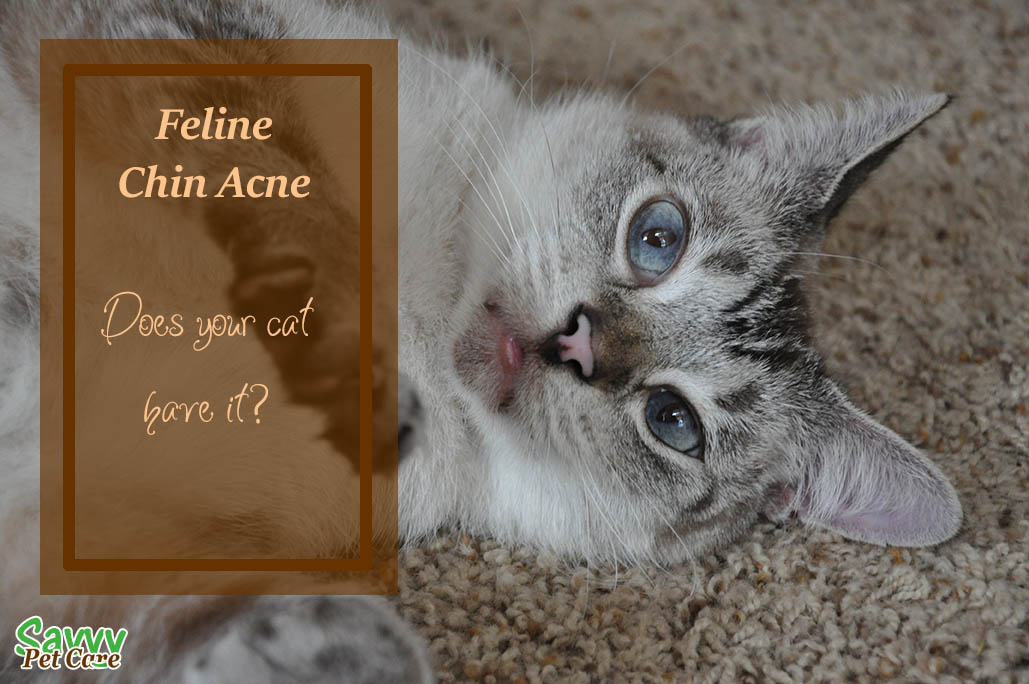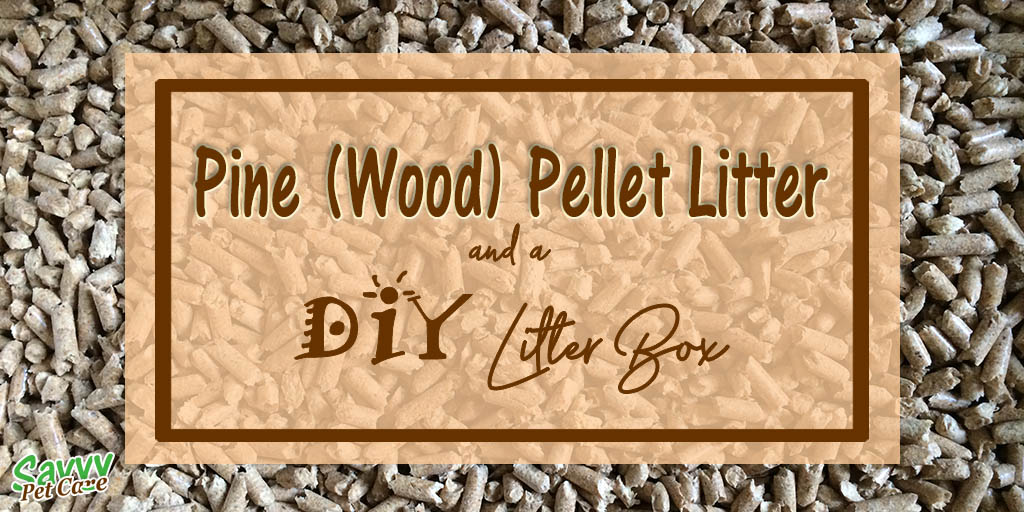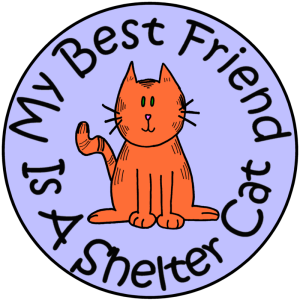The Truth About Raw Pet Food Safety
If you’ve looked into raw feeding, you’ve probably heard warnings about bacteria, contamination, and health risks. But is raw feeding truly dangerous, or is this fear exaggerated?
Many pet food companies, veterinarians, and regulatory agencies warn against raw diets, claiming they pose a threat to both pets and humans. But let’s take a closer look:
- Where do these concerns come from?
- Do statistics actually support the claims?
- Is this fear fueled by the pet food industry to keep people buying kibble?
- What are the real risks, and how can you feed raw safely?
Let’s separate fact from fiction and uncover the truth about raw feeding.
1. The Fear of Raw: Where Does It Come From?
Concerns about raw feeding primarily stem from bacteria like Salmonella, E. coli, and Listeria. But let’s put this into perspective:
- Wild carnivores eat raw meat every day and don’t get sick.
- Humans eat raw foods too—think sushi, steak tartare, and rare steaks.
- Dogs and cats have evolved to eat raw meat, with highly acidic stomachs that kill most harmful bacteria.
So, why the fear? Because the pet food industry, regulatory agencies, and many veterinarians continue to push commercial diets as the only safe option. But is this really about safety—or is it about money?
2. Is This a Ploy by Pet Food Manufacturers?
The global pet food industry is worth over $100 billion. Big brands like Purina, Hill’s, and Royal Canin dominate the market—and they don’t profit if you ditch kibble for raw food.
Consider these red flags:
- Many “studies” warning about raw feeding are funded by pet food companies.
- Most vets receive their nutrition training from pet food manufacturers.
- Regulatory agencies focus heavily on raw pet food recalls, while ignoring major kibble contamination issues.
While raw feeding isn’t perfect, it’s clear that the pet food industry has a vested interest in discouraging it and portraying it as dangerous.
3. What Do the Statistics Say About Raw Food Safety?
Let’s compare the risk of bacteria in raw food vs. kibble:
- 2014 FDA Study: 196 raw pet food samples tested—15.4% contained Salmonella.
- 2017 Study on Kibble: 93% of kibble samples contained harmful bacteria.
- 2018 Journal of Small Animal Practice Study: Kibble was just as likely to be contaminated as raw food.
But what about pet deaths?
Major Pet Food Recalls:
- 2007 Melamine Recall – Thousands of pets died from contaminated commercial food.
- 2018 Hill’s Vitamin D Recall – Toxic vitamin levels caused kidney failure in dogs.
- 2021 Midwestern Pet Foods Recall – Over 130 dog deaths linked to tainted kibble.
Meanwhile, there are almost no documented cases of pets dying from raw food contamination.
4. What About the Risk to Humans?
Many opponents of raw feeding claim it poses a risk to human health. But let’s be real:
- People prepare and eat raw meat daily without widespread illness.
- Proper food handling prevents contamination (just like when cooking for yourself).
- Dogs and cats digest raw meat differently than humans—their stomachs kill harmful bacteria before it spreads.
In contrast, kibble recalls for bacterial contamination and mold toxins happen all the time, and those pose risks to both pets and people.
5. How to Handle Raw Pet Food Safely
Raw feeding is safe when done correctly. And, frankly, raw feeding for pets is no different than what you would do for yourself when preparing your own food.
- Wash hands before and after handling raw food.
- Store food properly—freeze in portions and thaw in the fridge. (I thaw in the microwave.)
- Sanitize (aka wash) bowls and feeding areas daily.
- Buy from reputable sources—high-quality raw food is safer if you are buying pre-made.
6. Recommended Products for Safe Raw Feeding
Raw Meaty Bones – Supports dental health and enrichment.
Pre-Made Raw Food Brands – Convenient for beginners. Ideally, find a source local to you.
Meat Grinder – Perfect for DIY raw feeding.
Fish Oil – A great Omega-3 supplement for dogs and cats.
️Stainless Steel Bowls – Easier to clean than plastic. I love these adorable 4″ ceramic dishes for my cats.
7. Common Myths About Raw Feeding (Debunked!)
Myth #1: Raw Meat is Full of Harmful Bacteria
✅ Fact: While raw food can contain bacteria, dogs and cats have short, highly acidic digestive systems that kill most pathogens before they can cause harm. Proper storage and hygiene eliminate risks.
Myth #2: Vets Say Raw Feeding is Dangerous
✅ Fact: Many vets lack in-depth nutrition training and are taught by pet food companies. Those who study raw diets independently often support raw feeding.
Myth #3: Dogs Need Carbohydrates for Energy
✅ Fact: Dogs thrive on fat and protein for energy. Carbs are unnecessary and often lead to obesity and inflammation.
Myth #4: Raw Bones Are Dangerous
✅ Fact: Cooked bones are dangerous because they splinter. Raw, meaty bones are safe and beneficial for dogs and cats when properly sized for their breed.
Resources for Raw Feeders
Recommended Reading:
- “Raw and Natural Nutrition for Dogs” – Dr. Lew Olson
- “The Forever Dog” – Dr. Karen Becker & Rodney Habib
- “Feeding Dogs: The Science Behind The Dry vs. Raw Debate” – Dr. Conor Brady
- “Raw Feeding from A to Z: An Introduction to Raw Feeding for Crazy Dog Lovers Like Me” – Kimberly Gauthier
Helpful Websites & Communities:
- Raw Feeding Veterinary Society (RFVS) – www.rfvs.info
- Facebook Groups for Raw Feeders – Many experienced raw feeders share advice!
- Pet Nutrition Alliance’s Safe Handling Guide
Conclusion: The Truth About Raw Feeding
So, is raw feeding dangerous? The real answer is no—when done properly, it’s safe and healthier than kibble.
Key Takeaways:
- The risk of bacteria in raw food is overblown, and kibble isn’t any safer.
- The pet food industry has financial incentives to discourage raw diets.
- Safe handling and sourcing make raw feeding just as safe as preparing human food.
Tell me in the comments: Do you raw feed your pets? Have you noticed health improvements? Share your experience below!
Get My Raw Feeding E-Book!
Want to learn more about feeding your cat a raw diet safely and effectively? My comprehensive raw feeding e-book covers everything you need to know—from meal planning and portion sizes to troubleshooting common issues.
Join the waitlist to be the first to access it—plus, get exclusive bonuses when it launches!




